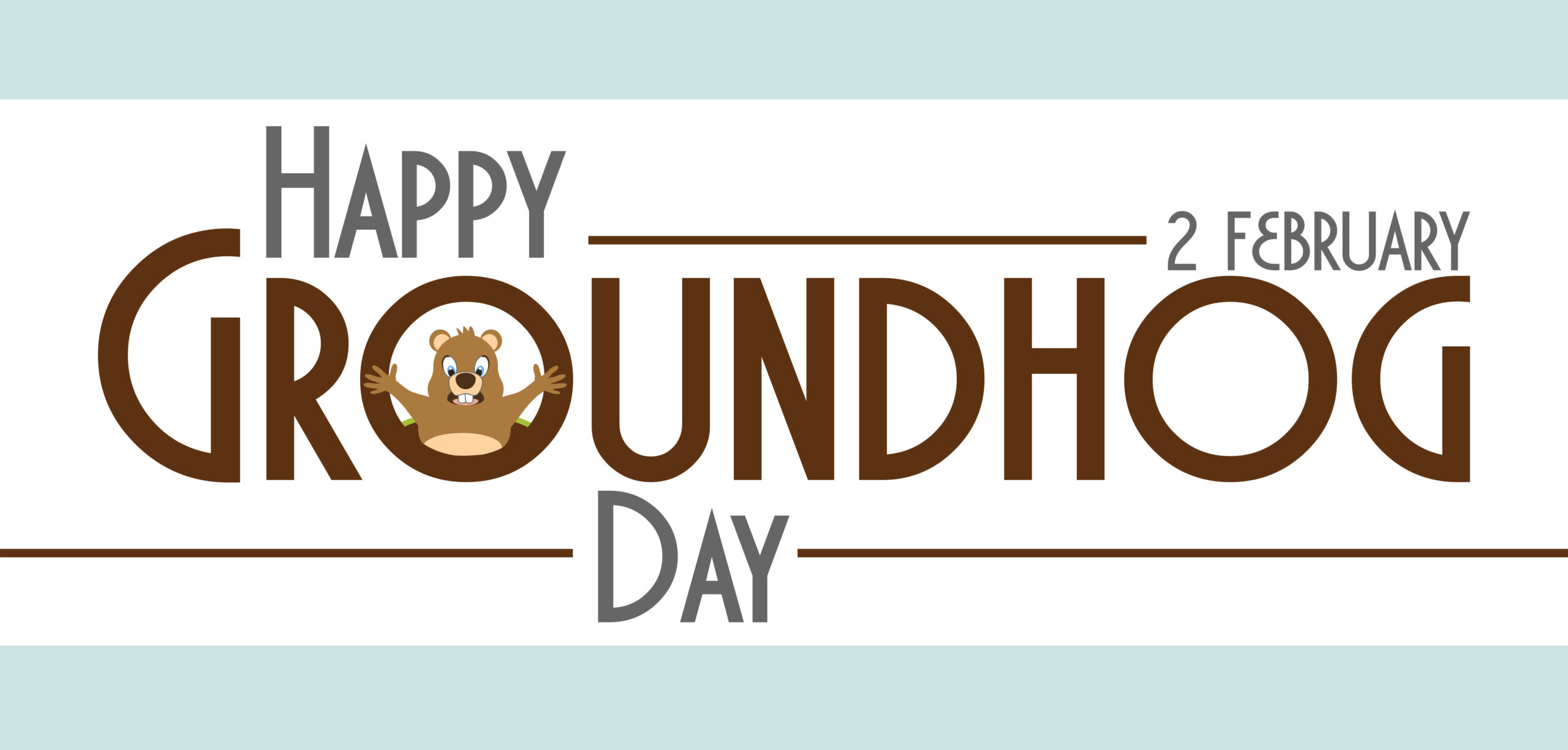

Groundhog Day is a folk tradition celebrated across North America on February 2, aimed at predicting the arrival of spring. Largely observed in Canada and the United States, the popular custom is based upon the belief that the emergence of a groundhog from its burrow on this day can help determine the duration of winter. With a keen eye on the groundhog’s response to the weather, the tradition dictates that if the creature spies its shadow due to a bright, sunny day and retreats back into its burrow, it means winter will persist for another six weeks. However, if the day turns out to be cloudy and the groundhog remains outdoors, it is believed that spring is close at hand.
The origins of Groundhog Day can be traced back to ancient European customs, particularly those derived from the Celtic festival of Imbolc and the Christian holiday of Candlemas. The observance was first adopted by Canadian settlers in the 18th and 19th centuries, who brought these traditions from their European homelands. Groundhog Day has gained particular significance in Canada due to the country’s unpredictable and often harsh winters. Canadians keenly anticipate the groundhog’s prediction each year, as it provides a glimpse of hope and even a touch of amusement amidst the long, cold months.
In Canada, Groundhog Day is marked by various events and celebrations, with communities often hosting festivities centered around a local groundhog. The most noteworthy of these events is held in Wiarton, Ontario, where the prominent groundhog Wiarton Willie has been making his predictions since 1956. Each year, crowds gather to witness Willie’s anticipated decision on the arrival of spring, with the spectacle often accompanied by music, entertainment, and family-friendly activities.